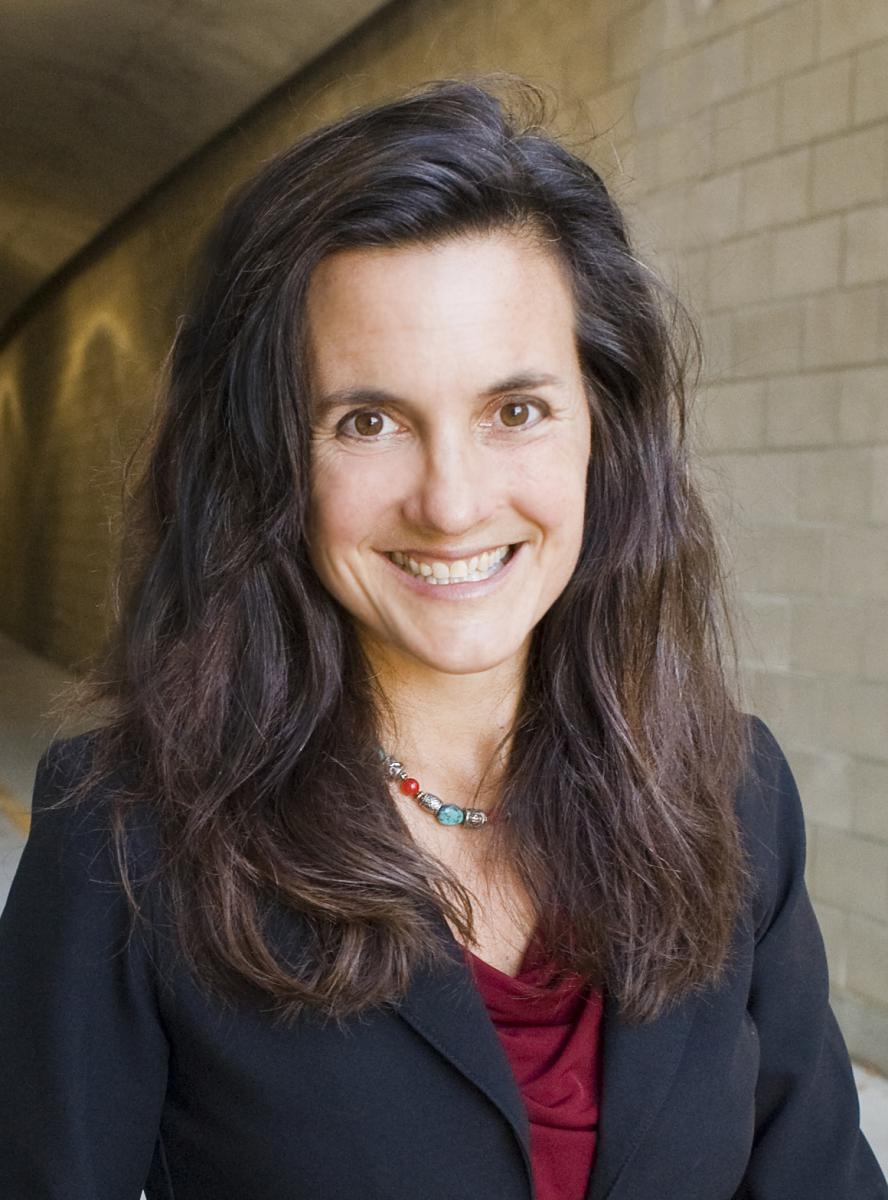Safe Routes Partnership Mourns the Passing of Its Founder, Deb Hubsmith
Written by Risa Wilkerson, Safe Routes Partnership Board Chair
 It is with a heavy heart today that the Safe Routes Partnership (Safe Routes Partnership) mourns the passing of its founder, Deb Hubsmith. Her family announced the news yesterday afternoon.
It is with a heavy heart today that the Safe Routes Partnership (Safe Routes Partnership) mourns the passing of its founder, Deb Hubsmith. Her family announced the news yesterday afternoon.


 After weeks of work, the Senate passed the DRIVE Act today to reauthorize transportation policy and funding, on a vote of 65-34. However, the House of Representatives has forced the Senate’s hand into accepting a three-month extension of current law.
After weeks of work, the Senate passed the DRIVE Act today to reauthorize transportation policy and funding, on a vote of 65-34. However, the House of Representatives has forced the Senate’s hand into accepting a three-month extension of current law.
 This summer has been a busy one for transportation. In addition to the late June committee
This summer has been a busy one for transportation. In addition to the late June committee 
 In May, a series of incomprehensible tragedies happened in the City of Portland and the surrounding region – vehicles hitting, hurting, maiming and killing people walking and riding bicycles. One crash after another.
In May, a series of incomprehensible tragedies happened in the City of Portland and the surrounding region – vehicles hitting, hurting, maiming and killing people walking and riding bicycles. One crash after another. Today, the Senate Environment and Public Works Committee (EPW) unveiled their new six-year transportation bill. The DRIVE Act (Developing a Reliable and Innovative Vision for the Economy Act) primarily shores up our existing interstate and road-focused transportation system. Unsurprisingly given its name, the bill does not adequately address the needs of communities all acro
Today, the Senate Environment and Public Works Committee (EPW) unveiled their new six-year transportation bill. The DRIVE Act (Developing a Reliable and Innovative Vision for the Economy Act) primarily shores up our existing interstate and road-focused transportation system. Unsurprisingly given its name, the bill does not adequately address the needs of communities all acro There is no doubt that good walking and biking infrastructure is essential to successful Safe Routes to School programs. However, many communities already have “the bones” of adequate infrastructure, especially around established community-based schools in suburban and urban communities, or through completed Safe Routes to School-funded engineering projects.
There is no doubt that good walking and biking infrastructure is essential to successful Safe Routes to School programs. However, many communities already have “the bones” of adequate infrastructure, especially around established community-based schools in suburban and urban communities, or through completed Safe Routes to School-funded engineering projects.